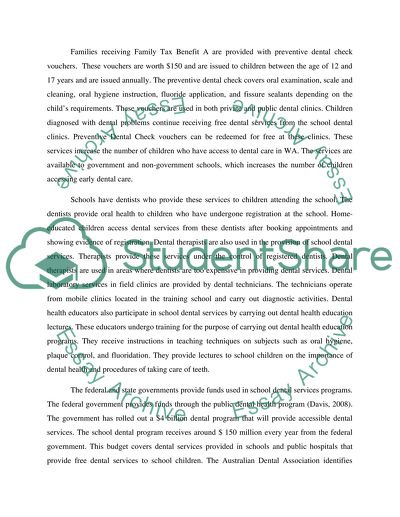Cite this document
(“Dental public health Essay Example | Topics and Well Written Essays - 2000 words”, n.d.)
Retrieved from https://studentshare.org/health-sciences-medicine/1459296-dental-public-health
Retrieved from https://studentshare.org/health-sciences-medicine/1459296-dental-public-health
(Dental Public Health Essay Example | Topics and Well Written Essays - 2000 Words)
https://studentshare.org/health-sciences-medicine/1459296-dental-public-health.
https://studentshare.org/health-sciences-medicine/1459296-dental-public-health.
“Dental Public Health Essay Example | Topics and Well Written Essays - 2000 Words”, n.d. https://studentshare.org/health-sciences-medicine/1459296-dental-public-health.


